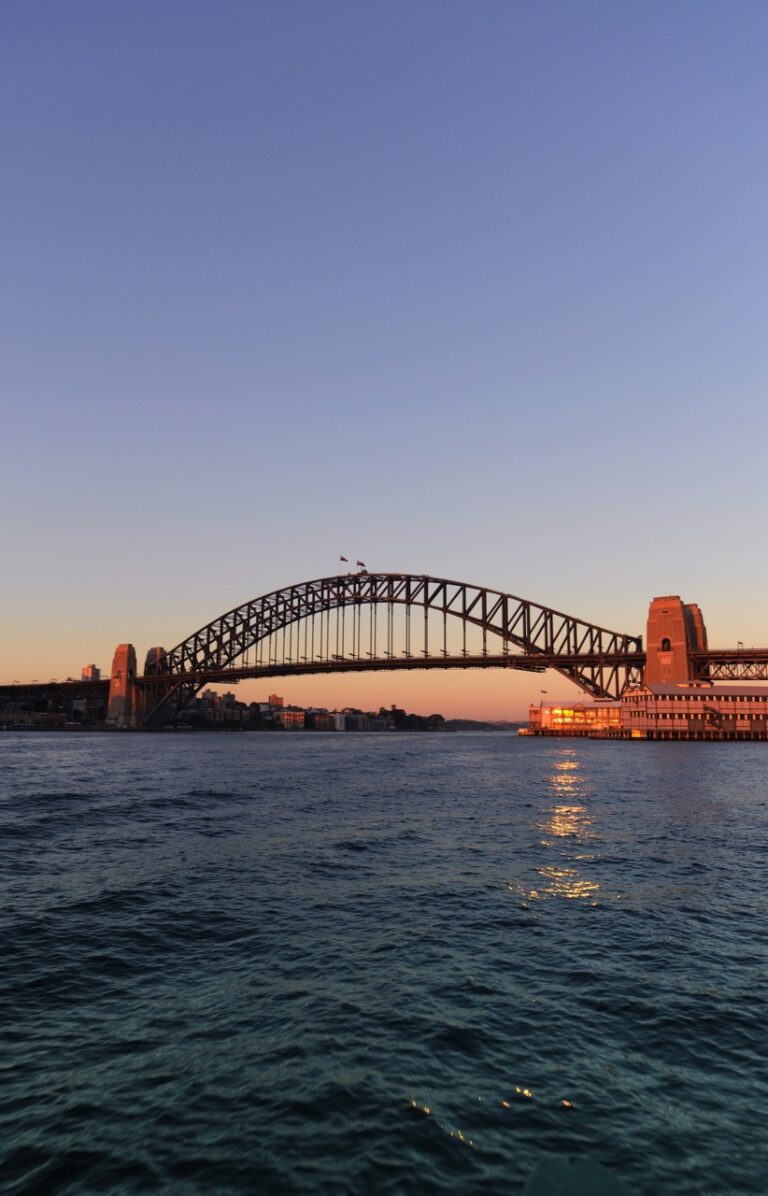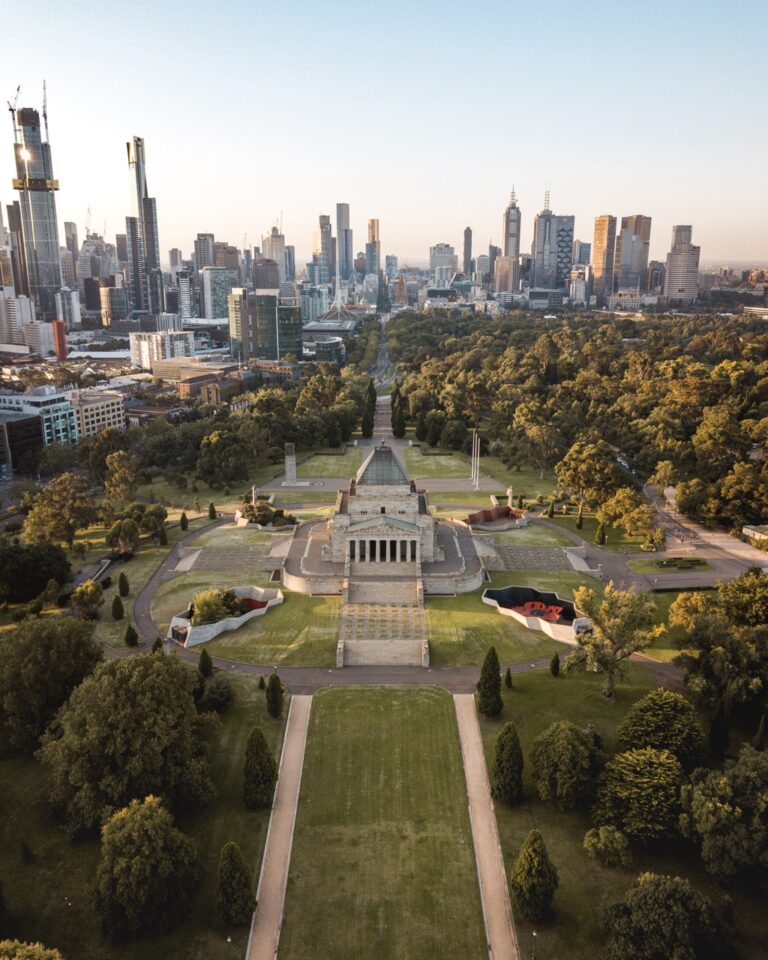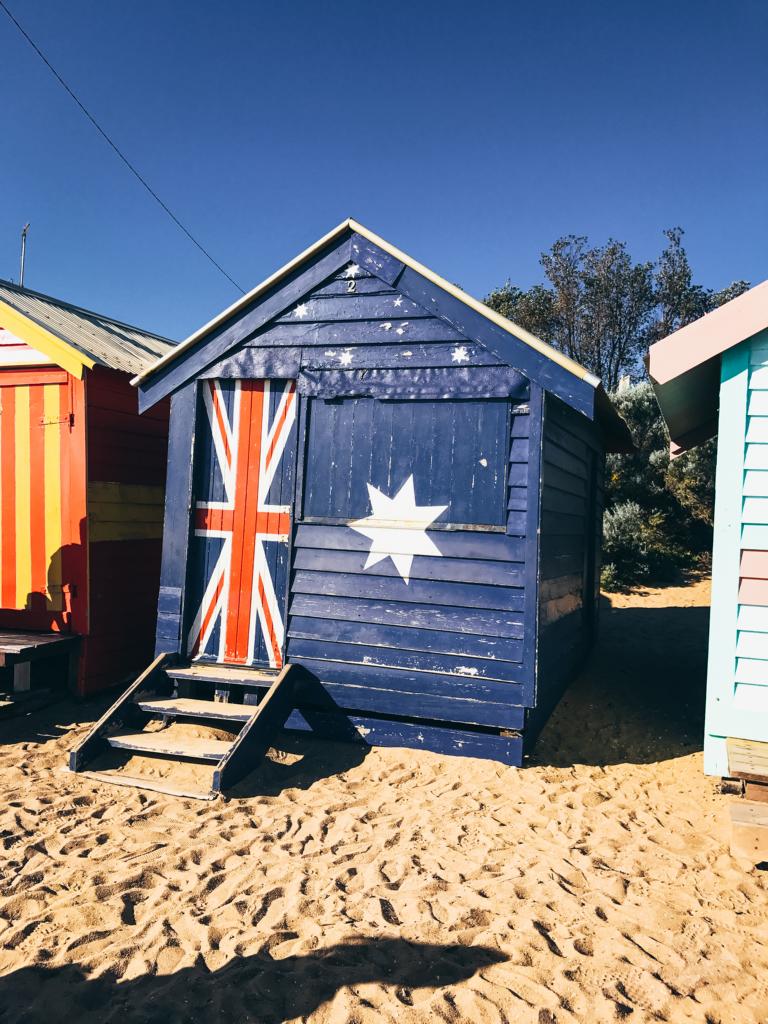Australia
Immerse yourself in the fascinating world of Australian landscapes, architecture and culture, which offer a rich diversity and unparalleled beauty. From iconic beaches and the Great Barrier Reef to stunning outback landscapes and modern skylines in Sydney and Melbourne, Australia offers a wealth of photo opportunities to delight any photography enthusiast.
Welcome to the land of Kangaroo Jack
Photo spots in Australia

Welcome to the land of endless expanses and unique natural wonders – Australia, where photo spots invite you on a journey through the many facets of culture, history and breathtaking landscapes. From the iconic beaches of the Gold Coast to the vibrant city life of Sydney and Melbourne to the majestic rock formations of the outback, Australia’s architecture and nature reflect a fascinating diversity that will inspire every photographer and travel enthusiast.
Explore the impressive coral reefs of the Great Barrier Reef, the breathtaking national parks in Tasmania and the charming wineries in the Barossa Valley. Australia is a country full of contrasts, characterized by its rich history and cultural diversity, which enchants its visitors with every photo spot. From the small hidden gems to the vibrant metropolitan cities, Australia offers a seemingly endless array of photo opportunities waiting to be discovered. Get ready to be captured by the beauty of this country and start your photo journey through Australia.




Good to know

Here you will find important information for your visit to Australia or for your trip through this fascinating country in the heart of the Pacific. We’ll give you everything you need to get the most out of your stay in Australia. Let’s go on a journey of discovery together and experience the best photo spots with Fotogoals.
Regions
Australia is divided into six states and two territories: New South Wales, Victoria, Queensland, South Australia, Western Australia, Tasmania, the Northern Territory and the Australian Capital Territory. These regions each offer their own unique sights and cultural highlights. From the vibrant metropolises of Sydney and Melbourne to the impressive natural landscapes of the outback and the paradisiacal beaches of Queensland - Australia offers a wealth of diversity to explore.
Currency
The official currency in Australia is the Australian dollar (AUD), which is accepted as a means of payment throughout the country. The country’s largest banks include Commonwealth Bank, Westpac, ANZ and NAB (National Australia Bank). ATMs can be found in banks as well as in many public places such as shopping centers, train stations and airports, making access to cash convenient and easy.
Mobile radio
Australia has the country code +61. The leading mobile phone providers are Telstra, Optus and Vodafone. Other providers (e.g. supermarket chains) offer tariffs. For example, ALDI Mobile) use one of the networks of the three major providers. The mobile network is generally well developed and offers extensive network coverage, even in rural areas. In general, 4G LTE is readily available. 5G is largely available in urban areas.
Grocery
In Australia, most supermarkets and discount stores are open Monday to Sunday from around 7 or 8am until 9 or 10pm. Some of the most popular retailers include Woolworths, Coles, ALDI and IGA. They offer a wide selection of food and other products at affordable prices. Some supermarkets are also open around the clock, especially in larger cities.
Transportation
There are a variety of transportation options in Australia. The national and regional train networks, operated by companies such as NSW TrainLink and V/Line, provide connections between cities and regions. Cities have public transportation such as trains, streetcars and buses. Greyhound Australia offers inexpensive long-distance bus connections. There are also ride-sharing services such as Uber, traditional cabs and car rental companies such as Hertz, Sixt or Avis for flexible transportation options.
Restaurant
Australia has a diverse restaurant scene that offers something for every taste and budget. In addition to traditional restaurants serving Australian cuisine, you will also find a variety of international chains and food stalls offering a wide range of dishes, from fish and chips to Asian delicacies. Prices for main meals average between AUD 15 and 30. It is customary to tip around 10%, although this is not expected.

Australia - FAQ: Travel
Here you will find the answers to the most frequently asked questions about traveling to Australia
If you want to visit Australia, the best time to visit depends on your personal preferences and the activities you are planning. Summer (December to February) offers warm weather and is ideal for beach visits and outdoor activities, especially on the east coast and in the southern regions. Autumn (March to May) offers mild weather and fewer tourists, which is perfect for sightseeing and hiking. Winter (June to August) is ideal for visiting the tropical north, where the weather is pleasant and dry, while the southern regions are cooler and suitable for winter sports. In spring (September to November), nature awakens and temperatures are pleasant for traveling throughout Australia. When planning your trip, consider your personal preferences and interests to find the best time to visit Australia.
If you want to enter Australia, the need for a visa depends on your nationality, the purpose of your stay and the intended duration. Citizens of many countries require a visa to enter the country, even for short-term stays. There are different types of visas, including the eVisitor visa and the Electronic Travel Authority (ETA), which can be used for tourist or business stays of up to 90 days within a 12-month period. However, a different visa may be required for longer stays or other purposes. It is important to check the current entry requirements and apply for a visa in good time if necessary.
If you are planning a vacation trip to Australia, the choice of airport depends on your destination and personal preferences. Most international flights land at major airports such as Sydney (SYD), Melbourne (MEL), Brisbane (BNE) or Perth (PER). Sydney and Melbourne are the largest and busiest airports and offer a wide range of connections. All airports are well connected to the public transport network. If you have a specific destination in Australia in mind, it may make sense to choose the nearest regional airport. Translated with DeepL.com (free version) Find out about the various options in advance and choose the airport that best suits your travel plans.
If you are traveling to Australia, no special vaccinations are usually required. However, it is recommended that you keep your standard vaccinations up to date according to your home country's vaccination calendar. If you are traveling from countries with yellow fever infection areas, you may need to provide proof of a yellow fever vaccination. It is advisable to find out about current health and entry regulations before you travel and to seek medical advice if necessary.
Australia - FAQ: Daily life
Here you will find the answers to the most frequently asked questions about daily life in Australia
In Australia, the voltage is 230 volts and the frequency is 50 hertz. The sockets correspond to type I. If you come from a country that uses other plug types, you may need an adapter to connect your electronic devices. These adapters are available in most electronics stores, airports and hotels. It is recommended that you check whether you need an adapter before your trip to ensure that your electronic devices can be used without any problems.


Yes, tap water in Australia is generally of high quality and can be drunk without hesitation. Most cities and municipalities have strict water treatment regulations to ensure that drinking water meets legal standards. It is therefore not necessary to buy bottled water unless you prefer certain flavors or carbonation. Drinking tap water is not only environmentally friendly, it also saves you money during your stay in Australia.
Can I pay by credit card everywhere in Australia? In larger stores, restaurants and bars in cities or tourist regions, payment by credit card is generally accepted. However, some smaller stores or rural areas may only accept cash. It is therefore advisable to find out in advance whether payment with your credit card is possible.
American Express credit cards can sometimes cause problems as they are not accepted everywhere. Visa and Mastercard, on the other hand, work almost everywhere. All cards are usually accepted in supermarkets, as are Apple Pay and Google Pay. It is always a good idea to have both cash and a credit card with you to be prepared for all eventualities.
In Australia, you can buy alcohol in specialty liquor stores (bottle stores) such as Dan Murphy's, BWS and Liquorland. Supermarkets do not usually sell alcohol, but some have bottle stores attached. The sale of alcohol is limited in most states and territories and is often only possible until 10 pm. It is advisable to find out about the local regulations. The minimum age for the purchase of alcohol is 18 years.
In Australia, you can buy cigarettes and tobacco in supermarkets, petrol stations and special tobacco stores. These products are usually kept behind the counter or in locked cabinets and must be requested from staff. It is important to note that the sale of tobacco products is strictly regulated and the minimum age to purchase tobacco is 18. Prices for tobacco products are relatively high in Australia due to high taxes, and a pack of cigarettes costs around AUD 25-35 on average.
In Australia, you can buy drugstore and hygiene products in supermarkets such as Woolworths and Coles, as well as in specialized drugstores such as Priceline and Chemist Warehouse. These stores offer a wide range of products, including body care, cosmetics, household cleaners and baby care. Drugstore items are also available in pharmacies, which are widely available in most cities and suburbs.
Left-hand traffic prevails in Australia. The speed limits vary depending on the type of road: in urban areas the limit is usually 50 km/h, on rural roads 100 km/h and on freeways 110 km/h. Seat belts must be worn by all vehicle occupants. The blood alcohol limit is 0.05%. The use of cell phones without hands-free equipment while driving is prohibited. It is important to obey traffic signs and traffic lights and to give priority to pedestrians at crosswalks.
When visiting Australia, there are a few important things to consider to ensure a smooth and enjoyable stay:
-
Dress: Australia has a relaxed dress code, but it is advisable to dress appropriately in urban areas and for formal occasions. Casual clothing is accepted in rural areas and on beaches.
-
Sun protection: Australia has high levels of UV radiation, so it's important to use sunscreen, wear a hat and stay in the shade to avoid sunburn.
-
Wildlife: Australia is known for its unique wildlife. It is important to treat wildlife with respect and stay away from dangerous animals such as snakes and crocodiles. In national parks and nature reserves, the rules and instructions should be observed.
-
Traffic: Left-hand traffic prevails in Australia. It is important to follow the traffic rules and drive carefully, especially in rural areas where wild animals may cross the roads.
-
Alcohol: The consumption of alcohol is permitted in Australia from the age of 18. However, it is forbidden to drink alcohol in public, except in designated areas such as licensed bars and restaurants.
-
Emergency number: The emergency number in Australia is 000. This number can be used for the police, fire department and ambulance.
-
Smoking: Smoking is prohibited in public buildings, restaurants, bars and many public places. It is important to find out about local smoking bans and to respect them.
-
Tipping: Tipping is not obligatory in Australia, but is appreciated in restaurants and for good service. Usually about 10% of the invoice amount is given.
Australia - FAQ: Photo
Here you will find the answers to the most frequently asked questions about photography in Australia
There are some important rules and regulations regarding photography in Australia:
- Respect privacy: Do not photograph people without their express permission, especially in private or sensitive situations.
- Military and government buildings: Photography of military facilities and government buildings is often restricted or prohibited.
- National parks and nature reserves: Observe the rules and regulations in national parks and nature reserves. Drone photography is prohibited in many parks without a permit.
- Commercial photography: Permission is required for commercial photography. Find out about the necessary permits in advance.




